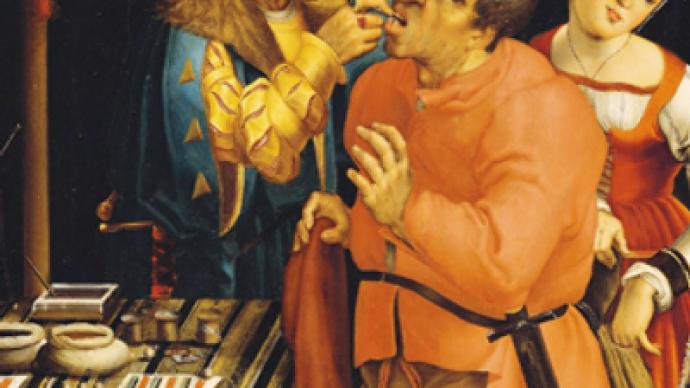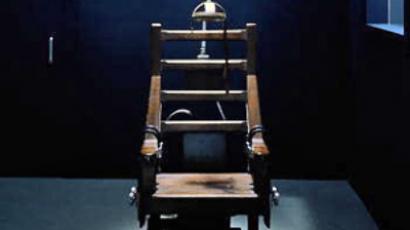Siberian “healers” caught out profiteering from made up illnesses

Promising a “magnetic resonance examination”, self-styled healers in the Siberian Altay Region village of Shabalino have given bogus diagnoses to patients so as to treat them with overpriced bioactive ingredients.
Local head of Federal Service for Oversight of Consumer Protection and Welfare Aleksandr Ivanov described the procedure of the examination:
“Putting headphones on a client, they handed him two electrodes and showed a computer-generated image of allegedly infected organs,” Ivanov says.
Usually there was more than one. One seven-year-old boy was diagnosed with ten serious illnesses, including gastroenteritis, pancreatitis, and myocarditis. Subsequently they took from the all-but-dead boy’s parents about $300 for medicine, which was a bioactive ingredient from China.
In an attempt to broaden the mock-diagnosis’ list, they added Latin ones like “Tania pisiformis proglotidas” – a disease that affects cats and dogs, or “Moniezia scolex proglotidas” – something that affects cattle.
The bioactive ingredients were often out-of-date, which were found suspicious by some patients, who eventually turned the healers in.
Ironically, a cutting edge hospital worth about $1 million was built in Shabalino three months ago.













